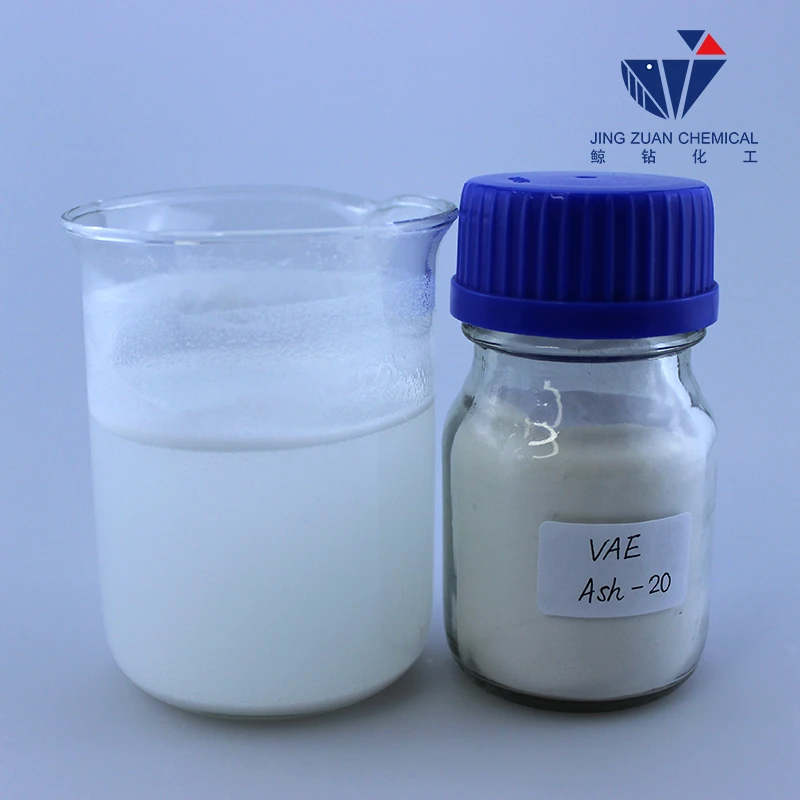
авг. . 27, 2024 15:33 Back to list
HPMC for Gypsum - Enhance Your Gypsum Products
HPMC for Gypsum A Comprehensive Overview
Hydroxypropyl Methylcellulose (HPMC) has emerged as a crucial additive in the construction and building materials industry, particularly for gypsum-based products. This cellulose ether, derived from natural sources, plays a pivotal role in enhancing the properties of gypsum plaster, gypsum board, and other related products. Understanding the importance of HPMC in gypsum applications can help manufacturers achieve superior performance and improved end-user satisfaction.
What is HPMC?
HPMC is a non-ionic, water-soluble polymer that has been widely utilized in various industries due to its functional properties. It acts as a thickening agent, emulsifier, and film-forming agent, making it particularly valuable in the formulation of construction materials. Its ability to retain water and improve workability has made it a favorite among manufacturers of gypsum products.
Benefits of HPMC in Gypsum Products
1. Enhanced Workability One of the primary advantages of adding HPMC to gypsum formulations is the improvement of workability. HPMC modifies the viscosity of the mixture, allowing for smoother and more efficient application. This is particularly important for plastering and leveling tasks, where easy maneuverability is key.
hpmc for gypsum

2. Water Retention HPMC substantially increases the water retention capacity of gypsum products. This property prevents rapid drying, allowing for more extended manipulation time and reducing the risk of cracking and shrinking in the final product. An optimal water retention level ensures that the gypsum remains workable and maintains a consistent application finish.
3. Reduced Dust Formation Gypsum powder can create a significant amount of dust during mixing and application. Incorporating HPMC helps minimize this issue, leading to a cleaner and safer working environment. This reduction in dust not only improves on-site conditions but also aligns with health and safety regulations in construction.
4. Adhesion Improvement HPMC enhances the adhesion properties of gypsum products. When applied as a plaster or joint compound, HPMC-containing formulations stick better to substrates, ensuring a long-lasting bond. This characteristic is particularly beneficial for gypsum board installations, where strong adhesion is critical for overall structural integrity.
5. Improved Performance Characteristics Gypsum products containing HPMC exhibit enhanced performance characteristics, such as increased resistance to separation and better elastic recovery. This ensures that the materials remain intact even under stress, reducing the likelihood of damage over time.
Conclusion
The incorporation of HPMC in gypsum products represents a technological advancement that not only enhances performance but also elevates the standards of construction materials. With its array of benefits, including improved workability, enhanced water retention, reduced dust formation, and better adhesion, HPMC has solidified its position as an indispensable additive in the gypsum industry. As construction practices continue to evolve, the demand for high-quality gypsum products that leverage the advantages of HPMC is expected to rise, making it a key component in the future of building materials. By understanding and utilizing HPMC in their formulations, manufacturers can deliver superior products that meet the needs of both professionals and consumers in the construction sector.
-
Unlocking the Benefits of HPMC Products: A Gateway to Versatile Applications
NewsAug.07,2025
-
Unleashing the Potential of HPMC Ashland: A Comprehensive Look
NewsAug.07,2025
-
Tile Bonding Cellulose: The Key to Superior Adhesion and Durability
NewsAug.07,2025
-
Hydroxypropyl Methylcellulose Powder: The Versatile Component in Modern Pharmaceuticals
NewsAug.07,2025
-
Hydroxyethyl Cellulose: The Versatile Solution for Various Industries
NewsAug.07,2025
-
Hydroxyethyl Cellulose (HEC): The Versatile Polymer for Various Applications
NewsAug.07,2025







